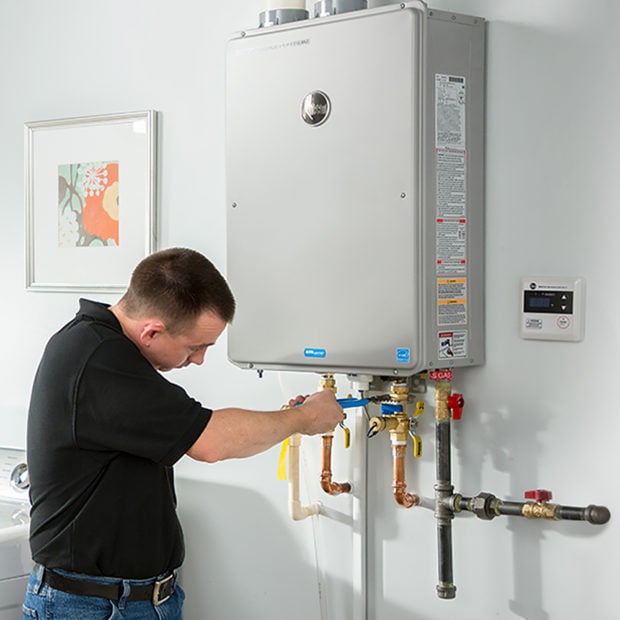More and more homeowners are considering switching to natural gas since it is cheaper than electricity and cleaner than options like oil. However, if a home is not already set up for the use of gas, converting is not as simple as switching to different appliances. Natural gas installation may involve running pipes and changing connectors to ensure a home can safely handle this powerful energy source. Those preparing for the installation of natural gas should follow this checklist to make sure they do not miss any important steps.

Make Sure Natural Gas Is Available
Of course the very first step to getting natural gas is seeing whether or not there is a utility company who provides gas in your area. If you are in a very rural location, there may not be any gas lines going down your street. In this case, the homeowner will have to decide if they want natural gas badly enough to pay for an extra-long connection to the main line. Most residents do not need to worry about this though. Typically, natural gas lines are close enough that you just need to get a line run from the street to your property.
Learn If You Already Have Natural Gas Piping
If your home is older, be sure to check plans and records to see if interior gas piping is already in place. Many homeowners are surprised to learn they are already set up to use natural gas when they start making plans to convert their home. In these situations, it is helpful to look at older plans and see what type of piping is installed. Depending on the condition of your pipes, your technician may be able to make it work for your new gas plans.
Create an Unobstructed Area
To prevent potential ignition and make it easy for the technicians to install a meter or gas line, it is important to remove any obstructions. This can include things like tree branches, lawn decorations, vehicles, playsets, and other bulky or flammable materials. Regulations can vary a little depending on your location, but usually you need around three feet of clearance to the left, right, and above the location of the worksite. You may also need to unlock fences and put away pets to ensure the technician can visit the site without running into problems.
Know What Appliances You Plan to Use
Typically, natural gas installation is not as simple as just creating a spot where you can hook up whatever you want whenever you want. Installation of gas lines is closely connected to appliances. To install natural gas in a home, technicians need to know the location and type of appliance you plan to use. This is important because some devices can be installed outside while others need to be inside the home. There are different safety regulations in place depending on where your appliances will be placed, and the installers need to be able to plan for the size and length of lines they will need to install to connect the appliances.
Understand the Costs
It is never fun to be unexpectedly surprised with fees you were not aware of, so remember to do your research ahead of installation. Natural gas might be far cheaper than Alberta ATCO electric rates, but it still has some costs and fees associated with installation. You may need to pay turn on fees, deposits, and installation fees. Depending on your current system, you may need to pay for things like shut-off valve installation, gas meter installation, gas line installation, and gas pipe installation.
Obtain the Proper Permits
Since natural gas is such a powerful form of energy, most city governments heavily regulate it. Homeowners should check their local and federal guidelines to see if they need to apply for various permits or certifications before proceeding with the project. This is very important because those who do not get permits may be subject to fines or project delays. In some cases, improperly done work will have to be removed and redone to obtain permits, sell the home, or get insurance. You can skip all this hassle if you just make sure you have permits before you begin.
Following this checklist will help to ensure that people can add natural gas to their home without running into major issues during the process. Are you ready for your natural gas installation?



